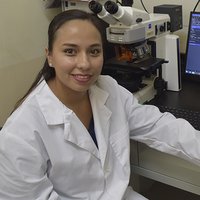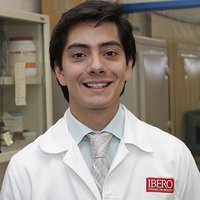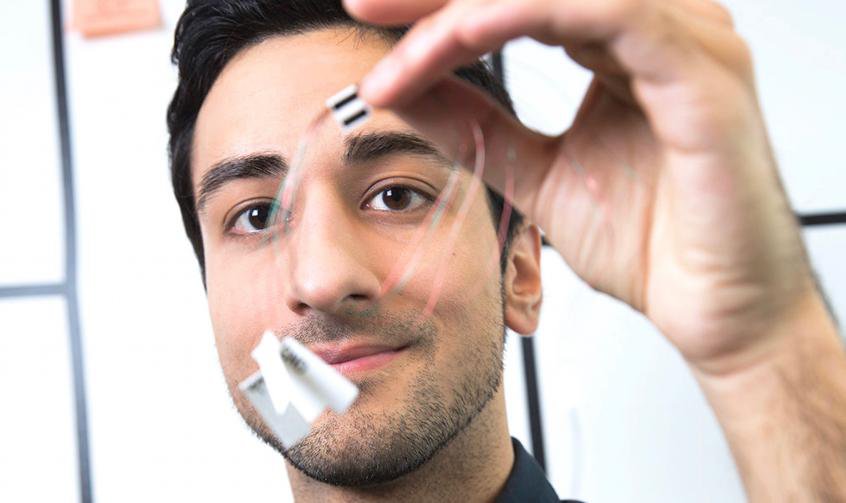Cardiac disease is the primary cause of death worldwide and, for example, in 2012 lead to the death of 17.5 million people, according to data gathered by the World Health Organization. Of these, approximately half died as a result of cardiac arrest, a medical problem with a survival rate at only about 10%. The current conventional treatment method consists of chest compressions and the use of a defibrillator to apply an electrical current to the patient´s heart. And these solutions are only effective in a minority of cases.
With the objective of reducing the number of deaths associated with cardiac arrests, the young doctor Habib Frosthas created Neurescue, a rapid response device which reroutes the patient´s blood flow to major organs, leading to Frost´s recognition as one of MIT Technology Review, Spanish edition's Innovators Under 35 Europe 2017.
Frost´s motivation to tackle this problem appeared when he witnessed the case of a young girl who suffered a cardiac arrest whom no one could save. So Frost founded a company to developNeurescue, a small catheter with a balloon controlled via computer which is inserted through a blood vessel in the patient´s leg, the femoral artery, and occludes the flow of blood through the aorta to reroute the flow of blood generated by chest compressions to major organs like the brain and heart.
The increased blood supply to the heart enables that it will be possible to resuscitate many more hearts, and the increased flow of blood to the brain protects the patient against brain damage, giving doctors more time to treat the underlying cause of the cardiac arrest. The use of this small, disposable device, "will greatly increase the probabilities of immediate or prolonged resuscitation before the patient suffers irreversible brain damage or death," its creator explains.
The Neurescue team represents the first aortic occlusion device with safety mechanisms which does not require fluoroscopy. The young innovator highlights the commitment of the Neurescue team to transforming the concept into a safe and reliable product as quickly as possible, especially in a procedure with such enormous potential to save lives.
Although the device cannot be used by anyone, since it requires access to the patient´s arteries, it can be employed by hospital staff, where approximately half of all heart attacks occur. Outside hospitals, Frost trusts in the reliability and agility of emergency services to respond and perform the procedure.
The young doctor recalls: "My personal experiences as a final year medical student gave me the opportunity to observe this complex field up close. I was fortunate enough to have a family and mentors who taught me to endure in the search for new solutions to different problems."
The associate professor at the Complex Systems and Brain Science Research Center at the University of Florida (US) and jury member for Innovators Under 35 Europe 2017, Emmanuelle Tognoli, believes that Frost´s invention "will mark the crucial difference between life and death for victims of cardiac arrest or internal hemorrhaging."
By Cynthia Falcón
Translation: Teresa Woods




